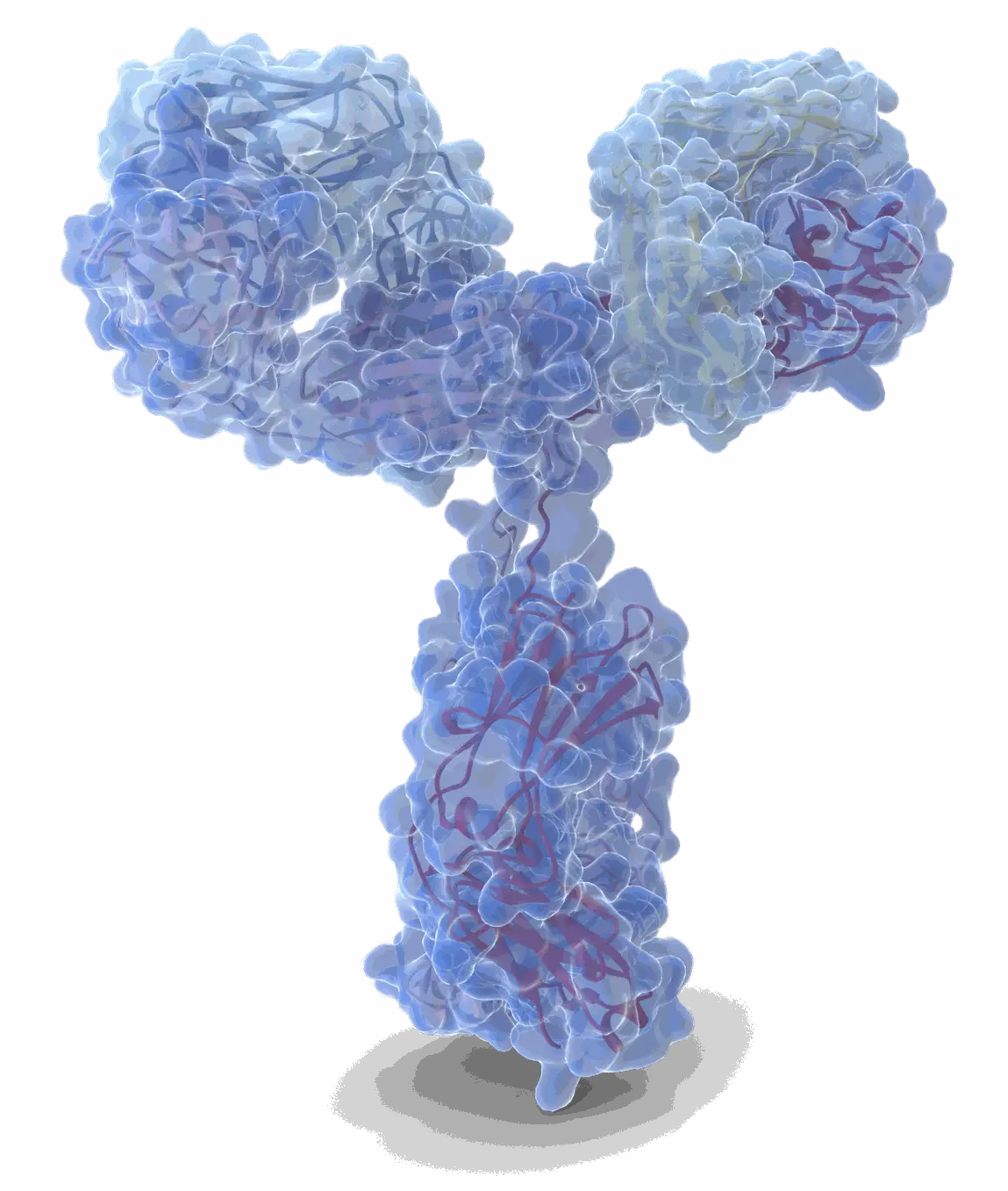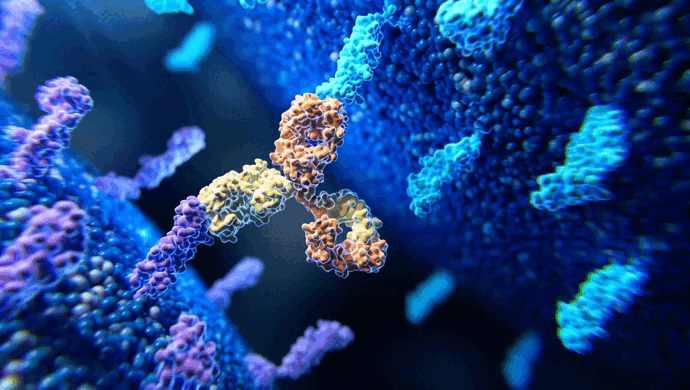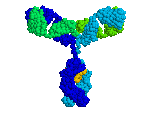Polyclonal Antibodies :
Principles, Production, and Applications

Comprehensive guide to polyclonal antibodies — from immune mechanisms and production protocols to applications in diagnostics and therapy.
Introduction to Polyclonal Antibodies (pAbs)
Polyclonal antibodies (pAbs) are heterogeneous immunoglobulin mixtures produced by multiple B-cell clones targeting various epitopes on a single antigen (Wikipedia).

Natural Origin & Immune Basis
The term “polyclonal” reflects the multiple B-cell clones each producing distinct antigen-binding antibodies—resulting in a polyclonal B-cell response by the adaptive immune system.
Wikipedia on Polyclonal B-cell Response
Production Workflow
- Animal & Antigen Selection :
-Common host species : rabbits (most common), goats, sheep, chickens (via egg-derived IgY) depending on yield and phylogenetic distance (Wikipedia pAbs production).
-For chickens, IgY extracted from egg yolk enables high-yield, non-invasive antibody collection.
-Antigen design often requires conjugation (e.g., peptides to KLH or BSA) to enhance immunogenicity.
- Adjuvant & Immunization Protocol :
-Common adjuvants : Freund’s, Alum, Ribi—selected based on desired immune response and animal safety (Wikipedia) (Wikipedia pAbs).
-A standard protocol : pre-bleed → prime injection → boosters at 2–4 week intervals → terminal bleed, with frequent titer monitoring (FSU protocol PDF).
- Animal Welfare & Regulatory Compliance :
-In vivo antibody production mandates ethical approval (e.g. IACUC protocol, full justification) and adherence to humane guidelines (UCI Animal Care & Use, RARC AUR#6).
-Institutional guidelines cover injection routes, volumes, bleeds, and monitoring requirements (Berkeley guidelines, Weill Cornell PDF).
Serum Collection & Purification
- Bleed schedules commonly span Day 0 to Day 42–56, with test and final bleeds after boosters.
- Resulting serum (antiserum) is purified—often via protein A/G affinity or peptide-specific affinity columns.


Advantages
- High overall affinity due to multivalent epitope targeting.
- Faster and less expensive to produce than monoclonals.
- Effective in recognizing low-abundance or denatured antigens.

Limitations
- Batch variability—different immunizations yield different epitope profiles.
- Potential for cross-reactivity due to mixture complexity.
- Affinity-purified polyclonals used in assay controls may not guarantee uniform neutralizing fraction.
Applications in Research & Therapy
- Immunoassays
Used as primary or secondary detection reagents in Western blot, ELISA, immunohistochemistry, immunoprecipitation, and more.
- Passive Immunotherapy
Polyclonal hyperimmune globulins from human plasma are used for post-exposure prophylaxis (e.g., rabies, hepatitis B, tetanus)
- Bioscience Tools
pAbs serve as versatile reagents in flow cytometry, affinity purification, and research-grade antibody development.

| Feature | Description |
|---|---|
| Source | Multiple B-cell lineages → diverse epitope targeting |
| Host Options | Rabbit, goat, chicken (egg-derived IgY), goat, sheep |
| Key Steps | Antigen prep → immunization → bleeds → purification |
| Strengths | Broad epitope recognition, rapid, cost-effective |
| Limitations | Variability, cross-reactivity |
| Notable Uses | Research reagents, therapeutic globulins (polyclonal immunoglobulins) |
| Advanced Variation | Recombinant pAbs for improved reproducibility |